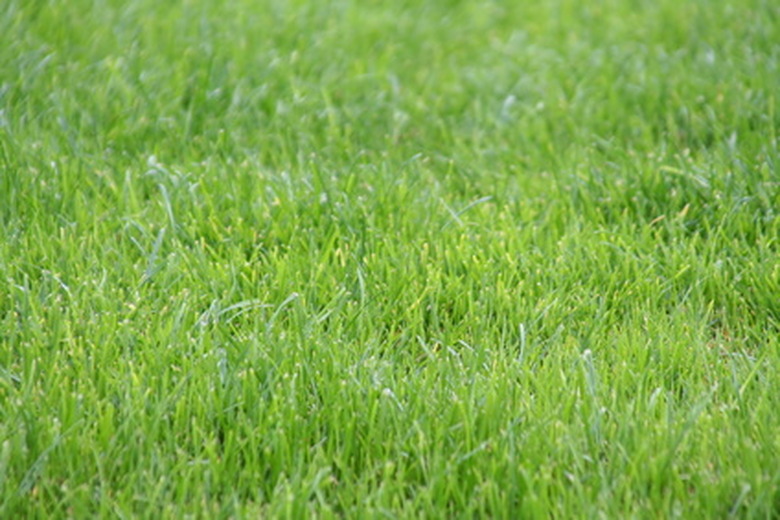How To Plant Grass Runners
Things Needed
-
Sod cutter
-
Shovel
-
Rototiller
-
Landscaping rake
-
Compost
-
Peat moss
-
Manure
-
Nitrogen fertilizer (10-10-10)
-
Lime
-
Garden hoe
-
Grass stolons
-
A stick with a notch on the end
-
Starter fertilizer high in phosphorous (1-2-1)
-
Lawn roller
-
Sprinkler
-
Garden hose
When you are setting out a new lawn, you may be faced with the choice of seeding, sodding or sprigging. While seeding is planting grass seed and sodding is laying out a carpet of grass, sprigging is planting grass runners to grow a new lawn. This works because grass multiplies through above-ground runners, known as stolons, or below-ground runners known as rhizomes. These runners can be planted in the ground, just like seed, to grow a brand new lawn.
Step 1
Remove your old lawn using a sod cutter to slice off the old grass in sheets. This grass can either be placed directly onto a different lawn, or composted.
Step 2
Test your soil to determine the soil structure, nutrient content and pH. Most agricultural colleges maintain a soil testing facility that is accessible to the public through the college's community and continuing education system. By contacting your county extension service, you will receive information on the preferred method to take, package and submit samples, as well as what fees apply.
Step 3
Break up your soil with a rototiller to a depth of 12 inches. Rake the soil to remove rocks, sticks or debris and re-grade the soil so that it slopes away from your home to improve drainage. Smooth out the soil to remove divots in the lawn surface.
Step 4
Spread soil amendments recommended by the test results in step 2 over your lawn. Soil amendments for a lawn typically include additional topsoil as well as organic material to improve drainage such as compost, peat moss and well-rotted manure. A nitrogen-based fertilizer (10-0-20) and lime to raise the pH may also be called for in the testing results. Mix these amendments into the soil with the rototiller.
Step 5
Dig 2-inch-deep rows 3 inches apart throughout your lawn with a garden hoe.
Step 6
Place stolons in the rows 3 to 6 inches apart with the roots facing down and the growth facing upward. The closer the stolons, the quicker the lawn will fill in.
Step 7
Press the stolons into the soil with a stick containing a notch on the end. Align the stolon with the notch when pressing down.
Step 8
Push the dirt over the furrows with the hoe so that only one-third of the tops of the stolons are exposed.
Step 9
Apply a starter fertilizer high in phosphorous (1-2-1) to the soil surface.
Step 10
Roll over the lawn with a lawn roller to press down the soil.
Step 11
Water the lawn with ¼ inch of water per square inch of lawn up to four times daily for up to two weeks, while the roots of the grass become established. Gradually taper your watering sessions until you water only once every 10 days with ½ inch of water.
